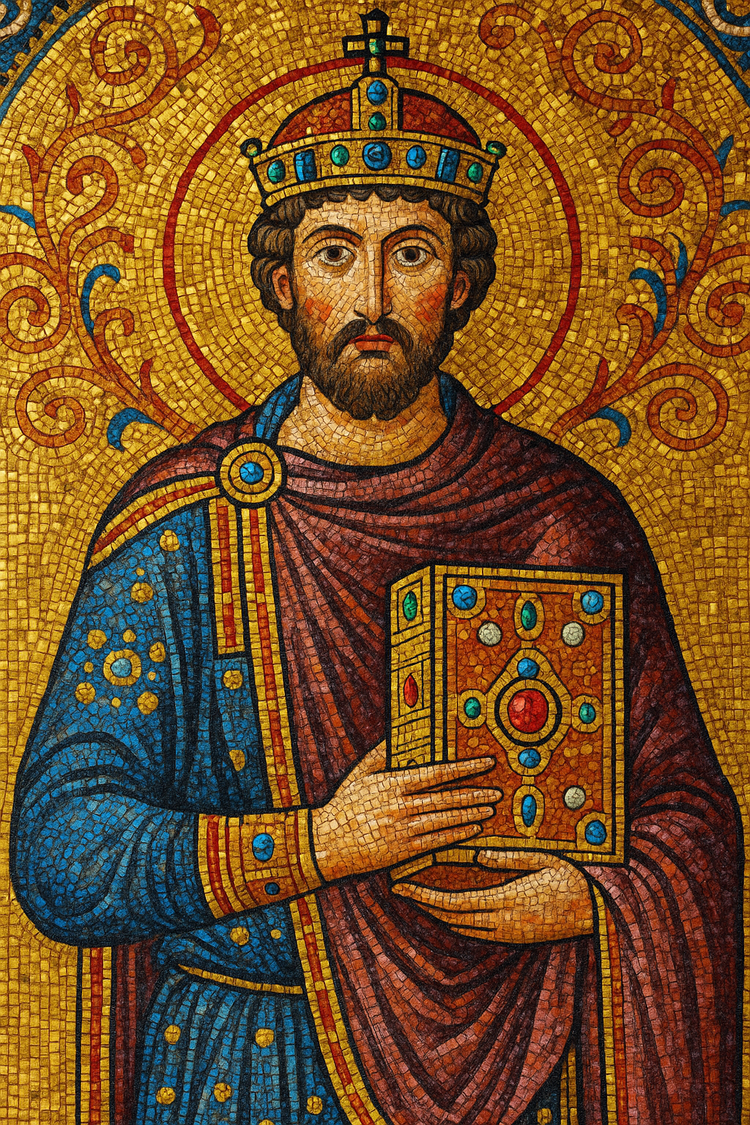The Passage of the Woman Taken in Adultery: A Later Addition to the Johannine Text

The story of the woman taken in adultery, commonly known as the Pericope Adulterae (John 7:53–8:11), is one of the most famous episodes in the Gospel of John. However, textual criticism has revealed that this passage was not part of the original Johannine manuscript. The earliest and most reliable Greek manuscripts, such as Codex Sinaiticus and Codex Vaticanus, do not include this account, leading scholars to conclude that it was a later addition. Despite its exclusion from the earliest texts, the passage has been widely accepted in Christian tradition due to its powerful message of mercy and forgiveness.
Absence in Early Manuscripts
One of the strongest arguments against the originality of the Pericope Adulterae is its absence in key early manuscripts. Neither Codex Sinaiticus (4th century) nor Codex Vaticanus (4th century) contains the passage, and other significant early manuscripts, such as Papyrus 66and Papyrus 75 (both from the 2nd or early 3rd century), also omit it (Metzger 220). Furthermore, early church fathers, such as Origen (c. 185–253) and Tertullian (c. 155–220), do not comment on the passage, which suggests it was not included in the copies they had access to.
First Appearances and Locations in Manuscripts
The story of the adulterous woman begins to appear in Greek manuscripts in the 5th century, with Codex Bezae (D) being one of the earliest known manuscripts to contain it (Metzger 221). However, it is not always placed in the same location. While most later manuscripts include it after John 7:52, some insert it at the end of John, while others place it in different Gospels. For example, a few Latin manuscripts place it after Luke 21:38, suggesting that some scribes believed it belonged in a different context (Parker 134).
Marginal Insertion and Later Commentary
Many medieval manuscripts reveal that scribes were aware of the passage’s questionable authenticity. Some later copies include the passage but mark it with asterisks or marginal notes indicating doubt about its originality. In the 10th-century manuscript Minuscule 1, the passage is present but accompanied by a note stating that it was found only in some copies (Ehrman 66). Similarly, in Codex Vaticanus, there is an unusual gap in the text where the passage would have appeared, suggesting that a scribe deliberately omitted it but was aware of its existence.
Conclusion
The textual evidence overwhelmingly suggests that the Pericope Adulterae was not part of the original Gospel of John. The absence of the passage in the earliest manuscripts, the variation in its placement, and the marginal annotations in later copies all indicate that it was a later addition. Nevertheless, the passage has remained influential in Christian tradition, valued for its message of grace and forgiveness. Despite its uncertain origins, its enduring presence in the biblical text reflects the broader history of scriptural transmission and the evolving nature of the canon.



Comments ()